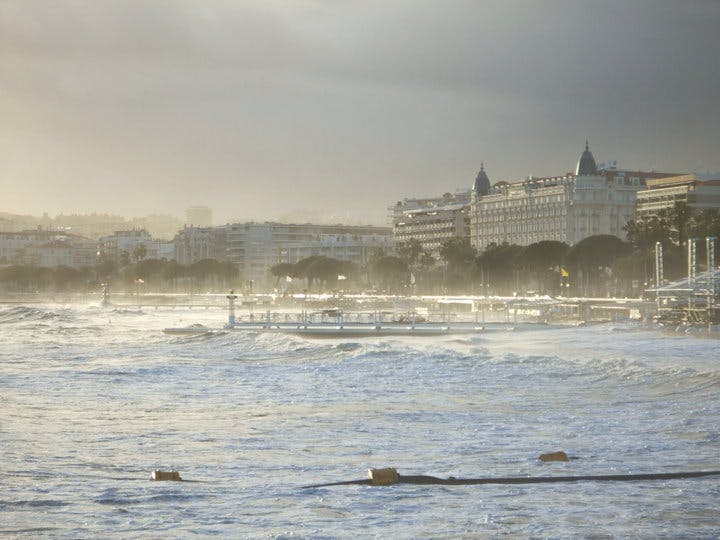
TAGTIK NEWS - TO THE POINT
How to feed the population in case of a nuclear winter?

New Zealand scientists have decided to test whether medium-sized cities would be capable of sustaining themselves in the event of a global catastrophe.
The results of their study, conducted by Mat Boyd from Adapt Research and Nick Wilson from the University of Otago, have just been published.
"In the event of a global catastrophe disrupting trade routes and fuel imports, the population will need to radically reduce their food production within and around the city to survive. This work has shown how to achieve this," said Boyd.
The researchers took Palmerston North as an example. This city of 395 square kilometres, with a population of about 91,000, is situated on an island in the North Island of New Zealand.
After analysing Google Earth images, the scientists concluded that agricultural crops within city limits could only provide food for one fifth of the population. And to feed all the inhabitants of the city, an additional 1,400 hectares of suburban territory would need to be used.
The authors of the study also considered which crops would be best to cultivate in the event of an apocalypse. They eventually concluded that under nuclear winter conditions, it's preferable to grow sugar beets and spinach within the city limits, and wheat and carrots around the city.
(MH with MaSi - Source: NZ Herald - Photo: © Unsplash)
LATEST NEWS

Born on 27 October: Simon Le Bon, singer of Duran Duran and seasoned skipper

Cannes Prepares for a Tsunami

Born on October 24: Bill Wyman, the Rolling Stones' discreet bassist for three decades

Jailed Georgian and Belarussian journalists win top EU rights prize

Born October 22: Stiv Bators (Lords of the New Church), prophet of chaos

Born on October 22: Jeff Goldblum, amateur jazz musician and Hollywood star
Quick links